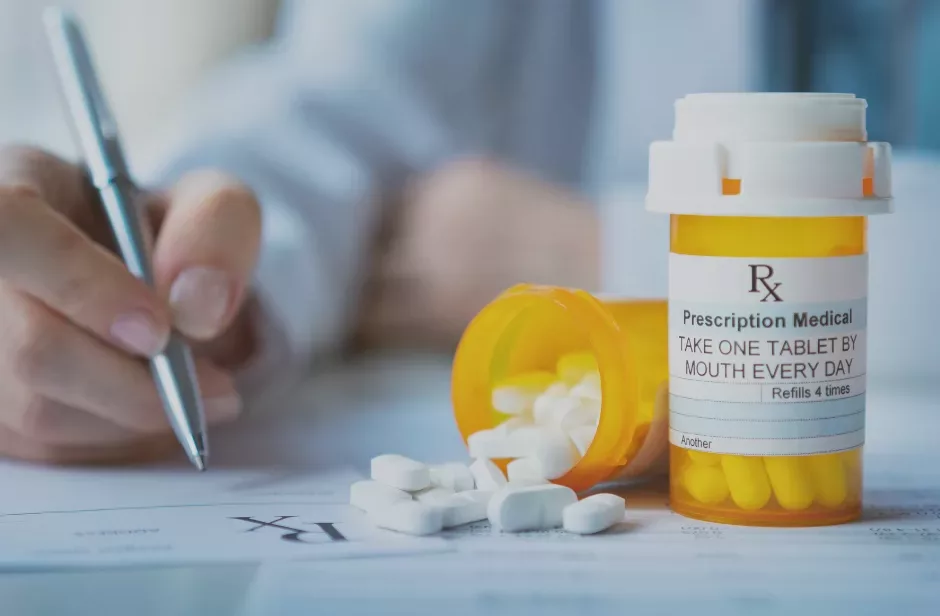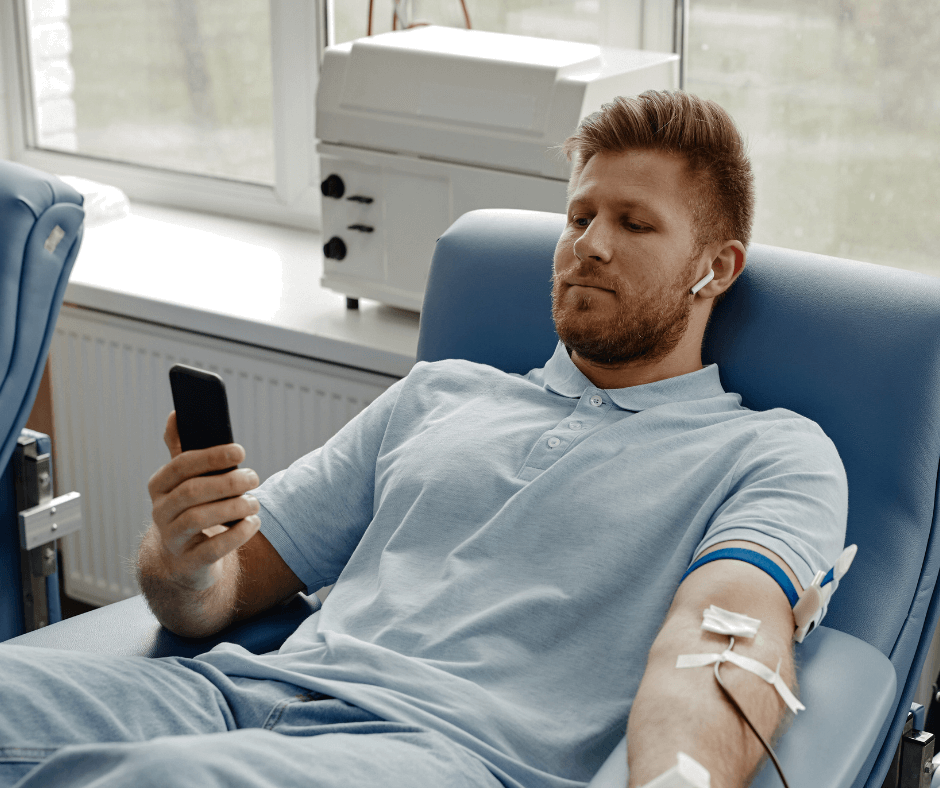
Donating plasma is a decision that benefits not only your community but can also have personal upsides for you. Plasma, the liquid portion of your blood, is essential for creating life-saving therapies used to treat various medical conditions like hemophilia, immune deficiencies, and trauma-related injuries. Your plasma donation can help those who need it most.
But is donating plasma all good? Like any medical process, plasma donation comes with its pros and cons. If you’re wondering whether to roll up your sleeve and give it a try—or if you just want to learn more—you’ve come to the right place. By the end of this blog, you’ll know the benefits of plasma donation, risks, and why the positive impact outweighs the potential downsides.
Positive Effects of Plasma Donation: Helping Yourself and Others
Donating plasma is more than a kind act; it’s an opportunity to create life-saving change while benefiting yourself. Here are some of the most notable positives:
- You Help Save Lives
Your donation helps create plasma-derived medicines that treat chronic illnesses, rare conditions, and medical emergencies. For many patients, plasma is their lifeline. Unlike synthetic treatments, plasma-based medicines must come from real donors like you.
- Feel-Good Factor
Knowing that you’ve helped save lives can improve your mood and mental well-being. For many donors, plasma donation is a rewarding way to give back to their communities.
- Extra Income
One major perk is the plasma donation compensation you receive for your time. Depending on the donation center and frequency, you can earn hundreds of dollars a month.
- Your Body Replenishes Plasma Naturally
The body replaces plasma within 24–48 hours after donation. This natural regeneration ensures your body’s plasma levels are maintained, making it a sustainable way to contribute to others’ well-being.
- Plasma Donation Supports Immune Health
Donating plasma encourages your body to produce new blood cells, which can enhance your immune system over time. This process helps maintain a healthy balance of cells in the bloodstream, supporting overall immune health and keeping your body resilient. It’s a way to give to others while benefiting your own well-being.
- Plasma Donation and the Body’s Detoxification Processes
While donating plasma does not directly detoxify your body, the process can stimulate the production of new blood cells and refresh your circulatory system. This renewal indirectly supports the body’s natural detoxification processes by maintaining healthy blood circulation and encouraging the body to optimize its internal functions. It’s a simple yet impactful way to support your well-being while making a meaningful difference for others.
What Are the Possible Downsides of Donating Plasma?
While plasma donation is generally safe, it’s important to consider the potential risks and downsides. Medical teams are trained to make the process as smooth as possible, but as with any medical procedure, some risks exist.
Short-Term Side Effects of Donating Plasma
- Mild Dehydration
Plasma donation removes a portion of the liquid in your blood, which can lead to mild dehydration. It’s essential to drink plenty of water before and after donating to stay hydrated.
- Fatigue
Some donors feel a little tired following their donation. This is temporary and can usually be alleviated by resting and nourishing your body with healthy meals. If you are feeling fatigued or drowsy after donating plasma, it is important to wait before driving to ensure your safety on the road. Resting until you feel fully alert is a simple yet crucial precaution to take.
- Vein Irritation or Bruising
The donation process involves inserting a needle into your arm to extract blood for plasma separation. Occasionally, donors experience bruising, swelling, or irritation at the site. These effects are typically minor and heal quickly.
- Temporary Calcium Depletion
The anticoagulant used during plasma extraction can lower calcium levels slightly, leading to symptoms like tingling in your fingers or around your mouth. Drinking milk or consuming calcium-rich foods afterward can help.
- The Rare Chance of Blood Clots with Pre-existing Conditions
Plasma donation is generally safe and does not inherently increase the risk of blood clots. Although donors with certain pre-existing conditions may face a slightly higher risk, such cases are rare. Trained medical staff closely monitor the procedure to ensure any issues are promptly addressed. Donors can feel confident and focus on the positive impact they’re making.
Long-Term Side Effects of Donating Plasma
For healthy adults who stick to the FDA’s recommended guidelines for plasma donation—spacing donations at least two days apart and limiting them to twice within a seven-day period—there’s little to no impact on long-term health. The process is carefully regulated by the FDA, ensuring that it remains safe for donors. By following these guidelines and maintaining a balanced diet and hydration, donors can feel confident that their overall well-being is protected while contributing to a life-saving cause.
While the risks shouldn’t be ignored, they are generally rare, mild, and manageable with proper preparation and aftercare.
Why the Positive Effects of Donating Plasma Outweigh the Negatives
Despite the minor risks, the good overwhelmingly outweighs the bad when it comes to donating plasma—for several reasons:
Contributing to Breakthrough Medicines
Your plasma doesn’t just sit on a shelf. It’s processed into treatments for over 300 serious conditions. Every donation represents hope and better health outcomes for thousands of patients worldwide.
Plasma Donation Compensation Adds Value
While saving lives is the ultimate reward, the financial perks can’t be overlooked. For students, parents, or anyone looking for an extra source of income, payment after plasma donations provides a win-win solution that benefits donors and patients alike.
Few Side Effects from Plasma Donation for Most Donors
Millions of people donate plasma every year without major complications. The risks are minimal compared to the immense benefits for yourself and others.
A Sense of Community and Purpose
Plasma donors are part of a unique community of people making tangible differences. The community among donors and safety-first approach at plasma centers create an uplifting experience every time you donate.
What Is Plasmagic?
At Octapharma Plasma, we call the life-changing effects of plasma donation “Plasmagic.” It describes the incredible feeling that comes from knowing you’re both improving lives and improving your own. Here’s how it works:
- It’s an Act of kindness that benefits those who rely on plasma-derived medicines.
- It’s an Experience where you’re treated with care and respect in a clean, welcoming donation center.
- It’s a Feeling of knowing you made a difference.
- It’s a Result that fights disease, saves lives, and brings hope to patients in need.
We believe everyone can experience the magic of plasma donation—and we’d love for you to be part of it.
Final Thoughts—Are You Ready to Change Lives?
Donating plasma isn’t just about what you give—it’s about what you gain. With life-saving impacts for patients and meaningful benefits for donors, the positives far outweigh the rare and manageable downsides.
Find a plasma donation center near you. Together, we can change lives—one donation at a time.







